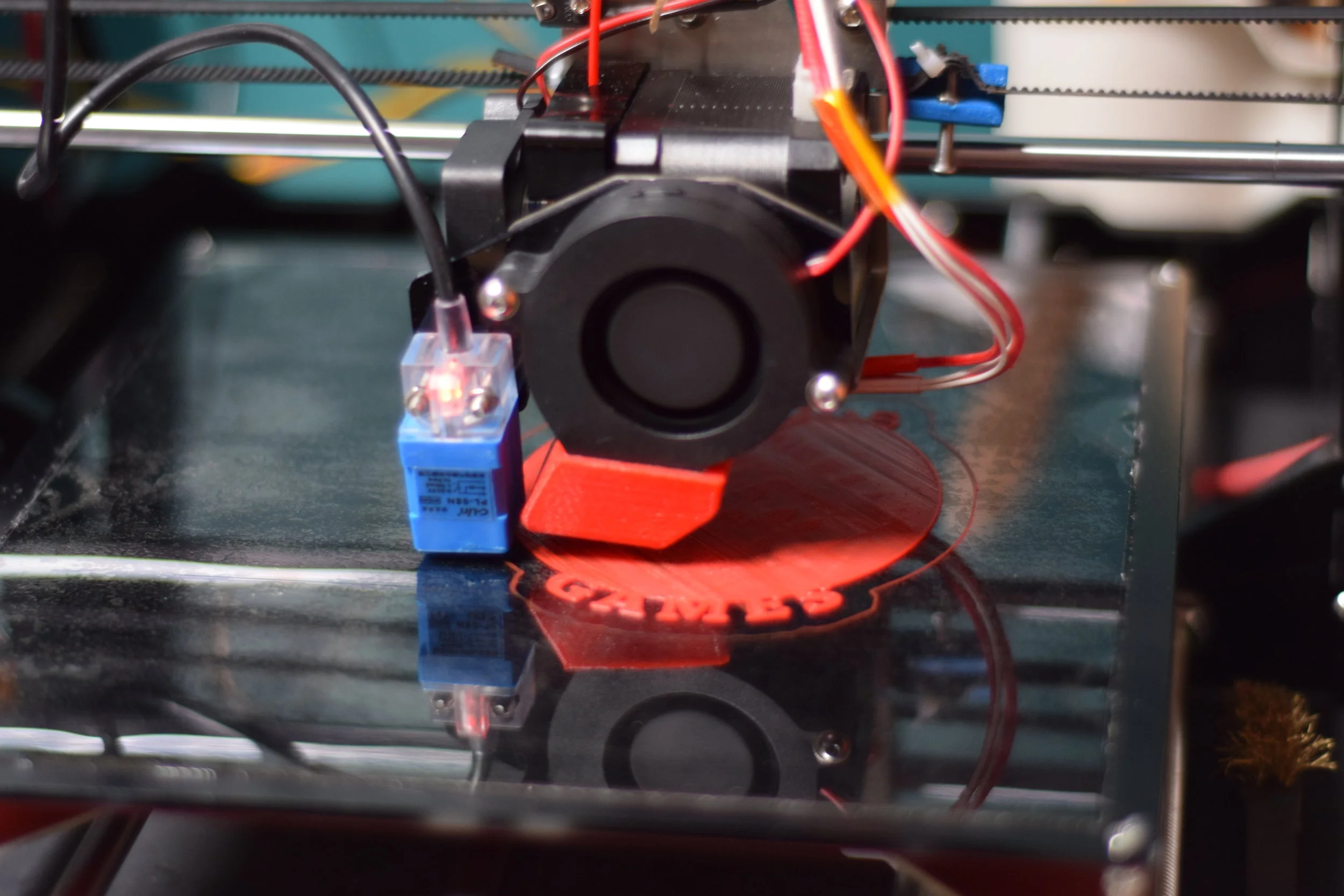The art of post processing | Blog Entry 3
/Post processing to the uninitiated is the act of taking a piece that has just been printed and cleaning it up to the final appearance that you want. Simple? Maybe. Relatively speaking I think that this process actually can make or break (literally break) your piece.
If a piece has been designed well such that it doesn't need support materials to print certain parts of the objects then there really isn't much left to do to clean it up. With a good printer you can take the part that's just been printed and use it straight away. There might be little wisps of plastic hanging from the side or pockmarks on the surface but nothing that sand paper can easily remove with a bit of elbow grease. When a part does need support material removing the supports do require extra care and consideration. A sharp hobby knife might cut away at these support structures but one wrong move and you could cut into the wrong area or surface. If things go wrong (such as a section of your piece coming off with support material) you literally can print it again. I have had instances where I've taken my cutters and accidentally snip away at support material realising later that I've cut into the actual model itself.
Another important aspect of post processing is sanding. Sanding surfaces down can increase the finish and quality of prints by creating smoother surfaces and a nicer look. Most printers print quite evenly without blemishes on the surface. However there have been times when bubbles, pockmarks and irregularities on the surface occurs and/or measurements aren't quite correct. Sanding down these areas with increasing grit number (ie 200 - 400 - 800 - 1200) allows the surface to be even and smooth. This not only fixes imperfections in the prints but also gives a nicer finish and texture overall.
There are many tools that one can employ to get most - if not all - support materials out. The ones I commonly use are:
- Sharp hobby/precision knives
- Flush cutters
- Pliers
- Tweezers
- Sand Paper
- Sanding Block
- Safety gear (gloves & goggles)
Obviously it is incredibly important to take care not to injure yourself when using sharp tools. Definitely would recommend using safety glasses and gloves just to be extra careful and with due diligence and experience it is rare for a mishaps to occur. It's important to take your time to post process correctly. You want to make the print look and feel nicer than when it was printed and overall adds quality and value to the print. It also requires lots of practice and patience to do and perfect but if done correctly your prints will look incredibly good and feel more valuable than it was before.
With new technology becoming available to the consumer market you now can buy machines that print soluble support structures and literally wash them away with water leaving a print with amazing features that would be difficult to achieve with non-soluble supports. Higher end printers which uses different methods of printing often have support materials that are incredibly easy to come off or can be printed without the need for supports all together. However in many cases post processing is still required and the art of fixing any blemishes on the print requires lots of time, patience and practice to get right.
- Raphael

